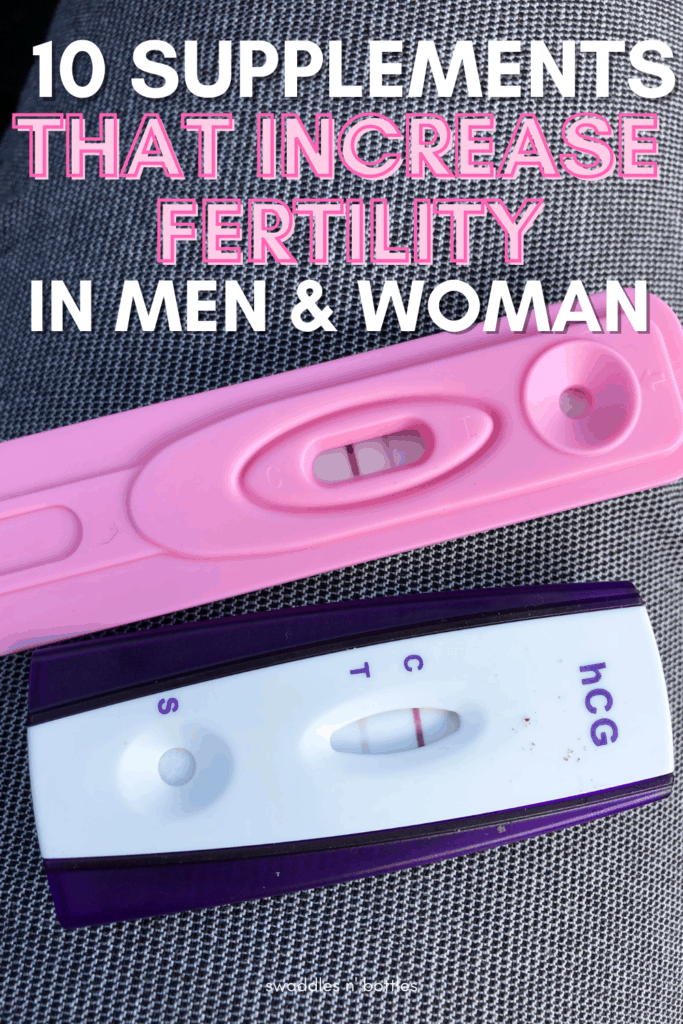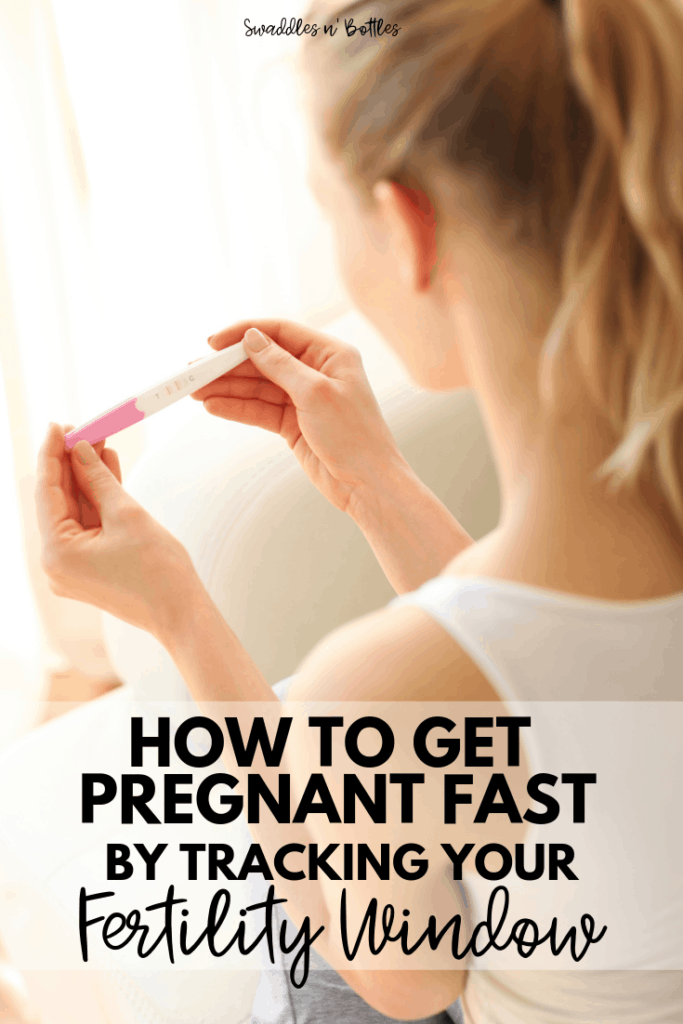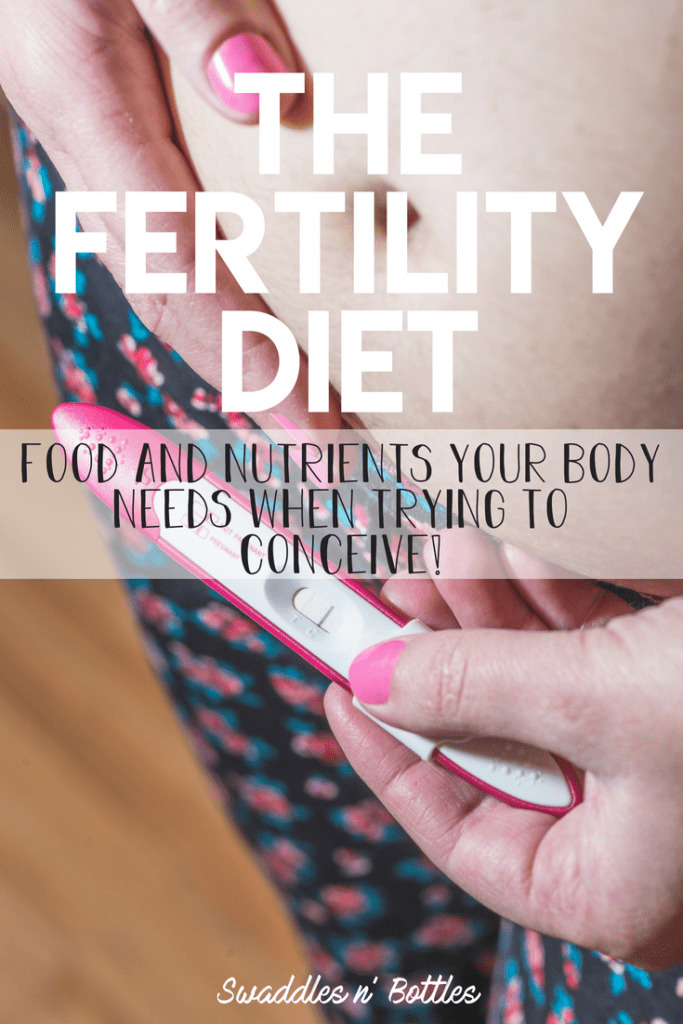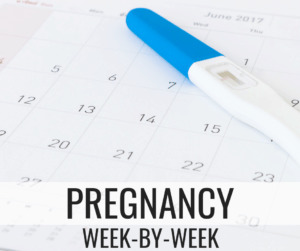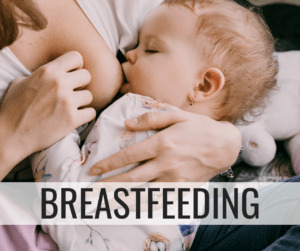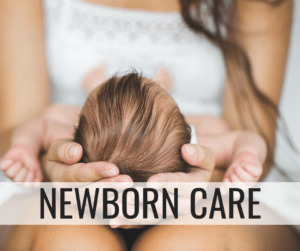
Ovulation 101: When it happens, what it means, signs you are ovulating
Ovulation is an important time in the menstrual cycle and occurs when your ovary releases an egg. The ovarian follicle is part of your ovary that actually discharges the egg. The egg is also called oocyte, ovum, or female gamete, which is released after reaching maturity.
Once the egg is released, it goes down the fallopian tube, where it may or may not attach to the sperm. The fertilization process starts when the egg attaches the sperm. Your brain’s hypothalamus regulates and controls the evaluation process during the menstrual cycle.
It stimulates the pituitary gland and anterior lobe to secrete certain hormones like LH and FSH. LH stands for luteinizing hormone, and FSH is a follicle-stimulating hormone. These hormones trigger the ovulation process and allow the egg to travel down the fallopian tube. Research studies show that ovulation increases the chances of pregnancy.
When does Ovulation Occur?
A woman’s menstrual cycle lasts between 28 and 32 days. The first day of menses refers to the start of each menstrual cycle, and the egg release usually occurs two weeks before the next period. Some studies show that the ovarian follicle can release the egg 12 to 16 days before the next menstrual cycle occurs.
Research highlights that many women menstruate between the ages of 10 and 15 years. Likewise, the body begins the process of ovulation and enable a woman to conceive a baby. Health professionals call this time “Menarche.” Menopause occurs when a woman reaches the age of 50 or above. Menopause stops ovulation, which means a woman can’t get pregnant.
It is crucial to know about the perimenopause, which is a time when a woman’s body prepares for menopause. During perimenopause, your menstrual cycle will either shorten or lengthen, and some women have menses in which the ovarian follicle does no release the egg.
Some women experience menopause-like symptoms during the perimenopause period. These symptoms are vaginal dryness, sleep problems, and hot flashes. It is important to undergo proper treatment by consulting your doctor. Otherwise, these symptoms can lead to complications.
Phases of Ovulation
The ovulation process occurs when your body releases higher levels of hormones during the menstrual cycle. There are three phases of ovulation: the periovulatory or follicular phase, the ovulatory phase, and the luteal phase or post-ovulatory phase.
The Follicular Phase: It is the first phase of the ovulation process, which causes a layer of cells around the egg to act like mucus. The follicular phase causes the expansion and thickening of the uterus lining.
The Ovulatory Phase: The second phase begins with the secretion of enzymes to form the stigma that allows the egg to travel down the fallopian tube. The ovulatory stage is also known as the fertility period, which lasts for 24 to 48 hours.
The Luteal Phase: A hormone called “LH” is released that can cause fertilization of the egg and implantation into the womb. On the other hand, if the egg fails to fertilize with the sperm, it will slow down the hormone production and dissolves within 24 hours. The uterus lining breaks down and leaves the body during menses.
Health professionals recommend women to have sex daily between day 8 and day 21 of the menstrual cycle. It is essential to track your menstrual cycle every month to get a better idea when ovulation occurs. That way, you can increase your chances of becoming pregnant (if you want).
Signs of Ovulation
Although it is not easy to determine your exact ovulation, there are a few signs that can help you know about the most fertile days in your menstrual cycle. These signs are as follows. Continue reading!
Increased Sexual Desire: Your sexual desire will rise just before ovulation, and it is the best time for conception. Research shows that a woman’s facial bone structure shifts slightly, making her look good and attractive to the opposite sex.
Fertile Cervical Mucus: The cervical mucus becomes stickier when a woman is in the ovulation phase of the menstrual cycle. You will have creamy, moist, and white cervical mucus. It is the most fertile phase of the menses and increases your chances of pregnancy.
Increased Basal Body Temperature: It is the woman’s body temperature when she is at rest. Although you may not feel changes in your body temperature, it undergoes slight changes, depending on your activity level.
For example, your basal body temperature will change when you eat, exercise, sleep, etc. It is important to check your body temperature in the morning. Don’t forget to refer to your basal body temperature chart. Other signs of ovulation include:
- Change in Cervical Position
- Saliva Ferning Pattern
- Breast Tenderness
- Lower abdominal pain
- Light spotting and discharge
- Increased sense of smell
Final Words
The ovary process occurs when the ovary releases a matured egg and cause it to travel down the fallopian tube. Normal ovulation usually lasts for 24 hours. If the egg fails to fertilize with the sperm, it will dissolve or die within 12 or 24 hours. Lastly, ovulation is the most fertile period, which means your pregnancy chances increase significantly.



